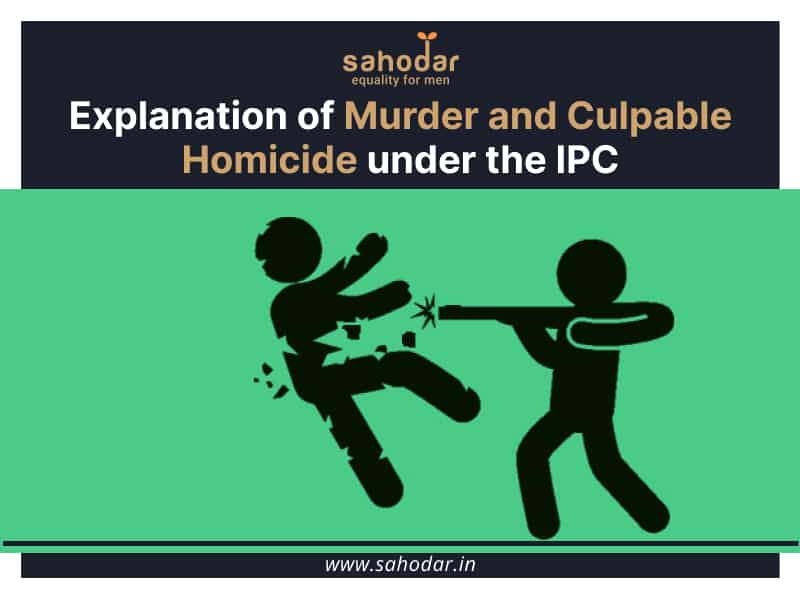Introduction
Within the intricate tapestry of criminal law in India, culpable homicide and murder represent pivotal concepts that dictate the determination of guilt and appropriate sentencing. Rooted deeply within the Indian Penal Code (IPC), these legal constructs carry profound ramifications for the administration of justice. This article endeavors to embark on a meticulous exploration of the legal intricacies surrounding culpable homicide and murder under the IPC, elucidating key provisions, judicial precedents, and their practical ramifications within the Indian legal milieu.
Understanding Culpable Homicide
Section 299 of the IPC provides the foundational framework for comprehending culpable homicide, defining it as the act of causing death through intentional conduct or inflicted bodily injury with knowledge of its lethal potential. Crucially, culpable homicide encompasses scenarios where the intent to cause death may be absent, yet the actions undertaken exhibit a callous disregard for human life.
Essentials and Exceptions
Essential elements of culpable homicide include the presence of intent, awareness of the potential lethality of the inflicted harm, and a demonstrable causal link between the act and the resultant death. However, exceptions exist, such as cases of sudden provocation, acts in self-defence, or those undertaken in the pursuit of public justice, where culpability may be mitigated or nullified.
Murder
An Aggravated Offense: Section 300 of the IPC elevates culpable homicide to the status of murder under specific circumstances. These include acts perpetrated with the explicit intent to cause death, infliction of bodily injury likely to result in death, or actions deemed imminently dangerous with a conscious disregard for human life. Murder, thus, represents a more egregious form of culpable homicide, attracting stringent legal sanctions.
Judicial Precedents and Interpretations
The Indian judiciary, through landmark cases such as Narasingh Challan v. State of Orissa and Joginder Singh v. State of Punjab, has provided elucidation on the finer distinctions between culpable homicide and murder. These precedents underscore the necessity of establishing a direct causal link between the act and the resultant death, emphasizing the significance of men’s rea or the guilty mind.
Penalties and Punishments
The IPC prescribes stringent penalties for murder, including life imprisonment or the death penalty, reflecting society’s unequivocal condemnation of such grave transgressions. Conversely, culpable homicide not amounting to murder may attract lesser sanctions, contingent upon the degree of intent and knowledge accompanying the act.
Conclusion
In navigating the intricate terrain of criminal law, discerning between culpable homicide and murder under the IPC emerges as a critical imperative for upholding justice. Through a judicious examination of legal provisions, judicial precedents, and interpretative nuances, the Indian legal system strives to ensure equity and fairness in adjudicating these grave offenses. As custodians of justice, legal practitioners and policymakers bear the responsibility of continually refining and evolving these legal frameworks, thereby safeguarding the sanctity of life and upholding the principles of justice for all.

